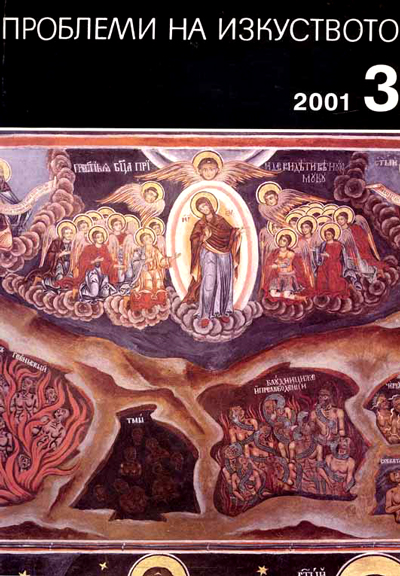Символика на ламята в средновековната българска дърворезба
Symbolic Significance of the Lamia in Ecclesiastical Bulgarian Woodcarving
Author(s): Valentin AngelovSubject(s): Christian Theology and Religion, History, Anthropology, Social Sciences, Archaeology, Fine Arts / Performing Arts, Cultural history, Visual Arts, Theology and Religion
Published by: Институт за изследване на изкуствата, Българска академия на науките
Summary/Abstract: Although intended for the Christian temple, ecclesiastical woodcarving represents compositions influenced by the Folklore and the ancient Eastern mythology. It contains images of sirens, unicorns, centaurs, sphinxes, etc., but the lamias (dragons) are the most interesting among them. They appear on the royal gates, by the Crucifix, on the columns and woodcarving panels, etc. These teratological motifs offer very different mythological-folklore interpretations: the lamias as apotropaic sign, as chtonic creature, representing the great Mother-Earth, as one participant of the dual nature of the world, etc. Only in the late iconosthasis (the end of the 19th century and during the 20 century) the lamia appears according to the orthodox Christian ideas as a symbol of evil or Satan, but that means the end of the great epoch of the ecclesiastical woodcarving and its symbolic importance.
Journal: Проблеми на изкуството
- Issue Year: 2001
- Issue No: 3
- Page Range: 31-35
- Page Count: 5
- Language: Bulgarian
- Content File-PDF

